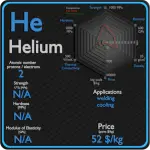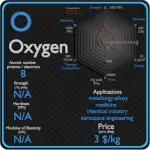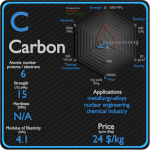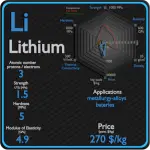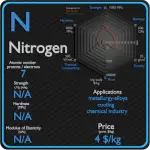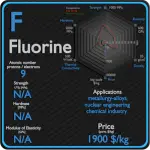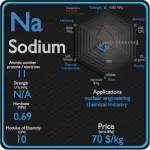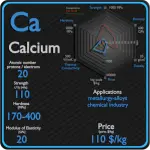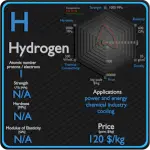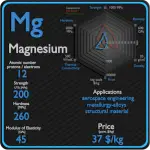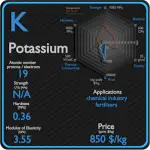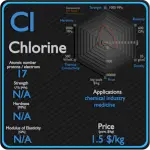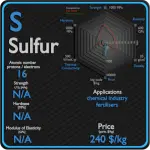This article contains comparison of key thermal and atomic properties of hydrogen and sodium, two comparable chemical elements from the periodic table. It also contains basic descriptions and applications of both elements. Hydrogen vs Sodium.
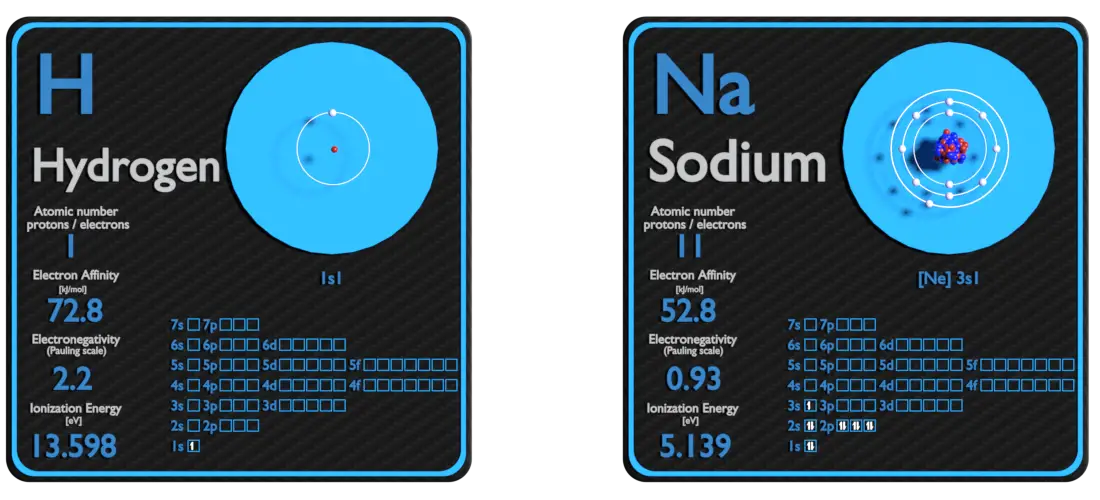
Hydrogen and Sodium – About Elements
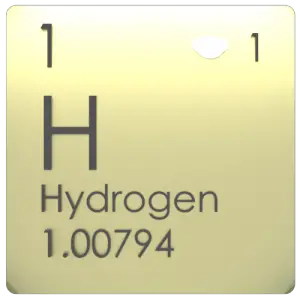
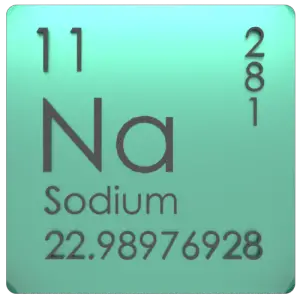
Source: www.luciteria.com
Hydrogen and Sodium – Applications
Hydrogen
Hydrogen is versatile and can be utilized in various ways. These multiple uses can be grouped into two large categories. Hydrogen as a feedstock. A role whose importance is being recognized for decades and will continue to grow and evolve. The largest single use of hydrogen in the world is in ammonia manufacture, which consumes about two-thirds of the world’s hydrogen production. Hydrogen is versatile and can be utilized in various ways. These multiple uses can be grouped into two large categories. Hydrogen as a feedstock for further chemical processes. A role whose importance is being recognized for decades and will continue to grow and evolve. And hydrogen as an energy carrier. Hydrogen is also commonly used in power stations as a coolant in generators due to a number of favorable properties that are a direct result of its light diatomic molecules.
Sodium
Metallic sodium is used mainly for the production of sodium borohydride, sodium azide, indigo, and triphenylphosphine. A once-common use was the making of tetraethyllead and titanium metal; because of the move away from TEL and new titanium production methods. An electric current and sodium vapor combine to form a yellowish glow. This principle is used for the making of sodium vapor lamps. Sodium is occasionally used as a heat exchange medium in nuclear power plants. Liquid sodium is sealed into pipes surrounding the reactor core. Generated heat is absorbed by sodium and forced through the pipes in a heat exchanger which can be used to generate electricity.
Hydrogen and Sodium – Comparison in Table
| Element | Hydrogen | Sodium |
| Density | 0.00009 g/cm3 | 0.968 g/cm3 |
| Ultimate Tensile Strength | N/A | N/A |
| Yield Strength | N/A | N/A |
| Young’s Modulus of Elasticity | N/A | 10 GPa |
| Mohs Scale | N/A | 0.4 |
| Brinell Hardness | N/A | 0.69 MPa |
| Vickers Hardness | N/A | N/A |
| Melting Point | -259.1 °C | 97.8 °C |
| Boiling Point | -252.9 °C | 883 °C |
| Thermal Conductivity | 0.1805 W/mK | 141 W/mK |
| Thermal Expansion Coefficient | — µm/mK | 71 µm/mK |
| Specific Heat | 14.304 J/g K | 1.23 J/g K |
| Heat of Fusion | 0.05868 kJ/mol | 2.598 kJ/mol |
| Heat of Vaporization | 0.44936 kJ/mol | 96.96 kJ/mol |
